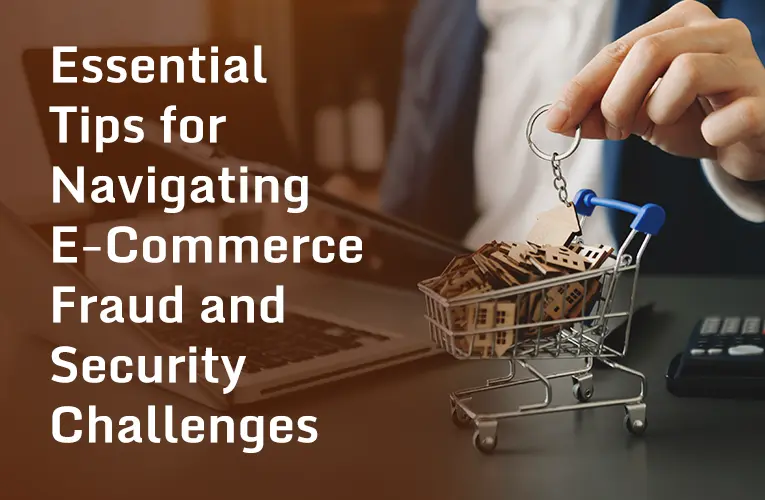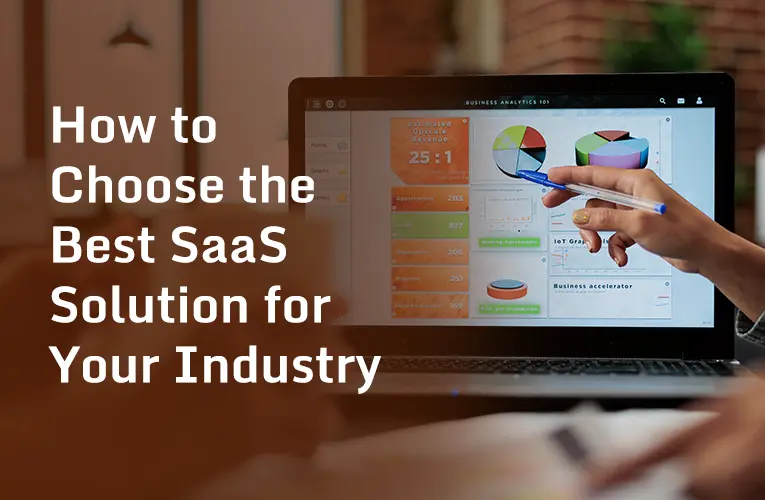How to Choose the Best SaaS Solution for Your Industry
## Understanding SaaS Solutions
### What is SaaS?
Software as a Service (SaaS) is a cloud-based service that allows users to access software applications over the internet. Unlike traditional software that requires installation and maintenance on local servers, SaaS applications are hosted and managed by third-party providers. This model offers several advantages, including:
– **Scalability**: Easily scale your usage up or down based on your needs.
– **Accessibility**: Access the software from anywhere with an internet connection.
– **Cost-Effectiveness**: Reduce upfront costs and pay for what you use on a subscription basis.
– **Automatic Updates**: Receive regular updates and new features without manual intervention.
### Key SaaS Types and Categories
SaaS solutions span various categories, each catering to different business needs. Common categories include:
– **Customer Relationship Management (CRM)**: Manage customer interactions and data.
– **Enterprise Resource Planning (ERP)**: Integrate and manage core business processes.
– **Human Resources Management (HRM)**: Handle recruitment, payroll, and employee management.
– **Project Management**: Plan, track, and manage projects and tasks.
– **Marketing Automation**: Automate and optimize marketing campaigns and strategies.
– **Collaboration and Communication**: Facilitate team communication and collaboration.
– **Finance and Accounting**: Manage financial transactions, reporting, and compliance.
## Steps to Choosing the Best SaaS Solution for Your Industry
### 1. **Identify Your Business Needs**
Before evaluating SaaS options, clearly define your business needs and objectives. Consider the following questions:
– **What problems are you trying to solve?** Identify specific challenges or inefficiencies in your current processes.
– **What are your goals?** Determine your short-term and long-term objectives.
– **What features are essential?** List the must-have features and functionalities that align with your business needs.
### 2. **Research Industry-Specific Solutions**
Different industries have unique requirements and challenges. Research SaaS solutions tailored to your industry to ensure they meet your specific needs. For example:
– **Healthcare**: Look for solutions with compliance features, patient management, and electronic health records (EHR).
– **Retail**: Consider inventory management, point-of-sale (POS) systems, and customer loyalty programs.
– **Manufacturing**: Seek solutions for supply chain management, production scheduling, and quality control.
### 3. **Evaluate Key Features and Functionalities**
Assess the features and functionalities of potential SaaS solutions to ensure they meet your requirements. Key aspects to consider include:
– **Integration Capabilities**: Ensure the solution integrates seamlessly with your existing systems and tools.
– **User Experience**: Evaluate the interface and usability to ensure it aligns with your team’s needs.
– **Scalability**: Confirm that the solution can grow with your business and accommodate increased usage.
– **Customization**: Look for options that allow you to tailor the software to your specific workflows and processes.
### 4. **Consider Pricing and Cost Structure**
Pricing models for SaaS solutions vary, including subscription-based, pay-as-you-go, and tiered pricing. Analyze the cost structure to determine the best fit for your budget. Factors to consider:
– **Subscription Fees**: Understand the monthly or annual subscription costs and what is included.
– **Additional Costs**: Identify any extra fees for add-ons, integrations, or premium features.
– **Return on Investment (ROI)**: Evaluate the potential ROI based on the expected benefits and cost savings.
### 5. **Review Vendor Reputation and Support**
Choose a SaaS provider with a strong reputation and reliable customer support. Research the following:
– **Vendor Reviews and Ratings**: Read customer reviews and ratings on third-party sites to gauge satisfaction.
– **Case Studies and Testimonials**: Review case studies and testimonials to understand how the solution has benefited similar businesses.
– **Customer Support**: Assess the quality and availability of customer support, including response times and support channels.
### 6. **Assess Security and Compliance**
Security and compliance are critical considerations for SaaS solutions, especially when handling sensitive data. Ensure the solution meets industry standards and regulations:
– **Data Security**: Check for features such as encryption, secure access controls, and regular security updates.
– **Compliance**: Verify that the solution complies with relevant regulations (e.g., GDPR, HIPAA) for your industry.
– **Data Backup and Recovery**: Ensure the provider has robust data backup and recovery procedures in place.
### 7. **Test and Evaluate**
Before committing to a SaaS solution, take advantage of free trials or demos to test the software. Evaluate the following during the trial period:
– **Ease of Use**: Assess the user interface and overall user experience.
– **Functionality**: Test key features and functionalities to ensure they meet your needs.
– **Integration**: Verify that the solution integrates smoothly with your existing systems and tools.
– **Support**: Evaluate the responsiveness and effectiveness of the vendor’s support team.
### 8. **Plan for Implementation and Training**
Successful implementation and training are essential for maximizing the benefits of a SaaS solution. Consider the following:
– **Implementation Plan**: Develop a detailed plan for implementing the software, including timelines and milestones.
– **Training Resources**: Utilize available training resources, such as tutorials, webinars, and documentation, to ensure a smooth transition for your team.
– **Change Management**: Address any change management challenges to facilitate adoption and minimize disruption.
## Common Pitfalls to Avoid
### 1. **Overlooking Integration Needs**
Failing to consider how a SaaS solution will integrate with your existing systems can lead to inefficiencies and data silos. Ensure compatibility and seamless integration.
### 2. **Ignoring User Feedback**
Neglecting to gather feedback from end-users can result in choosing a solution that doesn’t meet their needs. Involve key stakeholders in the evaluation process.
### 3. **Focusing Solely on Price**
While cost is an important factor, don’t base your decision solely on price. Consider the value and benefits the solution provides in relation to its cost.
### 4. **Underestimating Training and Support**
Insufficient training and support can hinder effective use of the software. Ensure you have access to adequate resources and support.
### 5. **Neglecting to Review Contracts and SLAs**
Carefully review contracts and Service Level Agreements (SLAs) to understand the terms and conditions, including support, uptime guarantees, and exit strategies.
## Case Studies: Successful SaaS Implementations
### Case Study 1: CRM for a Growing Startup
A tech startup needed a CRM solution to manage customer relationships and sales processes. After evaluating several options, they chose a SaaS CRM with robust integration capabilities, a user-friendly interface, and scalability. The startup successfully streamlined its sales pipeline, improved customer engagement, and achieved a 30% increase in sales within six months.
### Case Study 2: HRM for a Mid-Sized Company
A mid-sized company required an HRM solution to handle employee management, payroll, and compliance. They selected a SaaS HRM platform with comprehensive features, customizable workflows, and strong security. The implementation led to a 40% reduction in HR administrative tasks and improved employee satisfaction through efficient payroll and benefits management.
### Case Study 3: Marketing Automation for an E-Commerce Business
An e-commerce business sought a marketing automation solution to enhance its digital marketing efforts. They chose a SaaS platform with advanced analytics, email marketing, and social media integration. The business saw a 50% increase in lead generation and a 25% boost in conversion rates, significantly improving its marketing ROI.
Choosing the best SaaS solution for your industry requires a thoughtful and strategic approach. By understanding your business needs, researching industry-specific solutions, evaluating key features, and considering factors such as pricing, security, and support, you can make an informed decision that aligns with your goals. Remember to test the solution, plan for implementation, and avoid common pitfalls to ensure a successful transition.
Leveraging the right SaaS solution can transform your business operations, enhance productivity, and drive growth. Take the time to carefully evaluate your options and choose a solution that meets your unique requirements and sets you up for long-term success.










